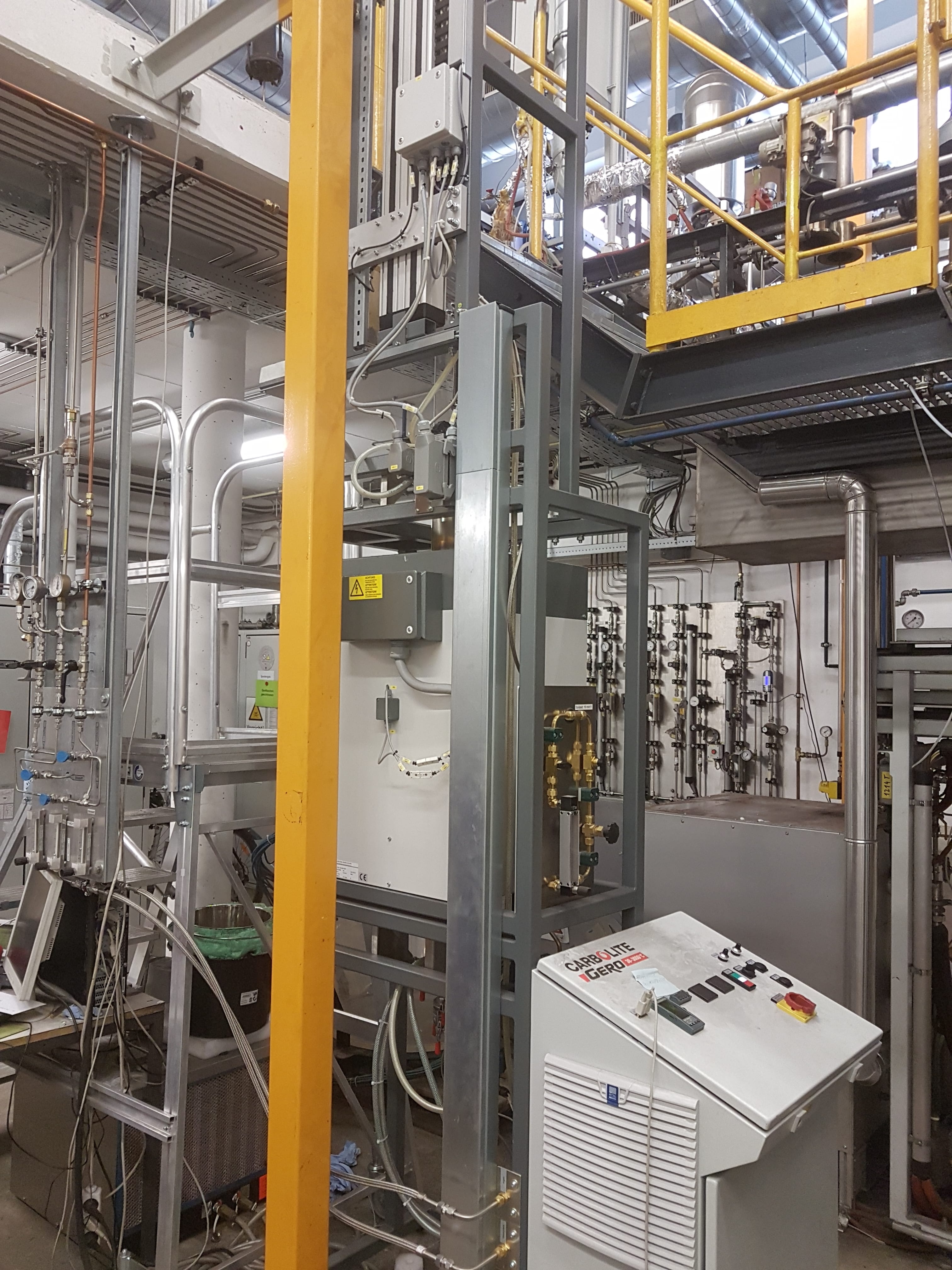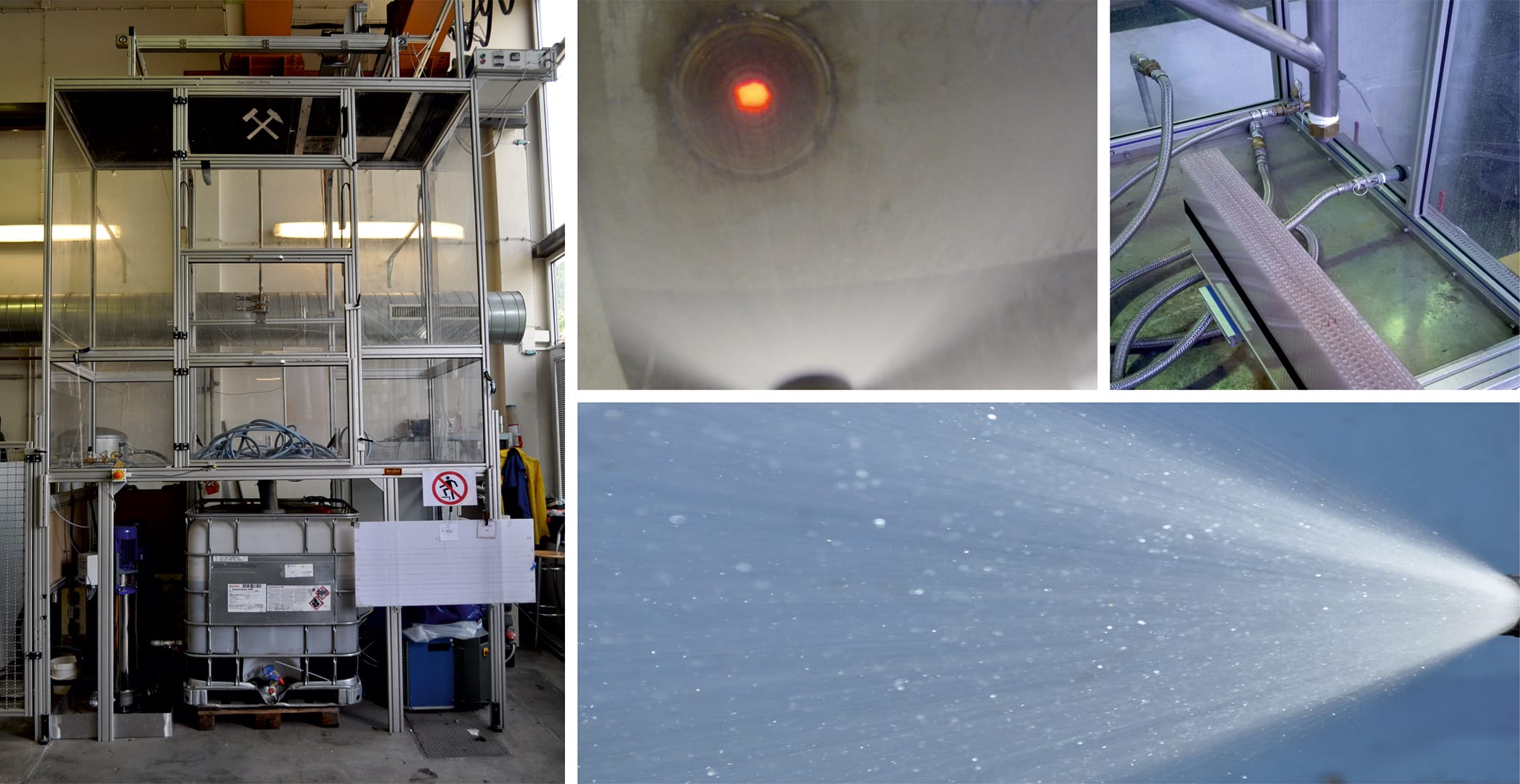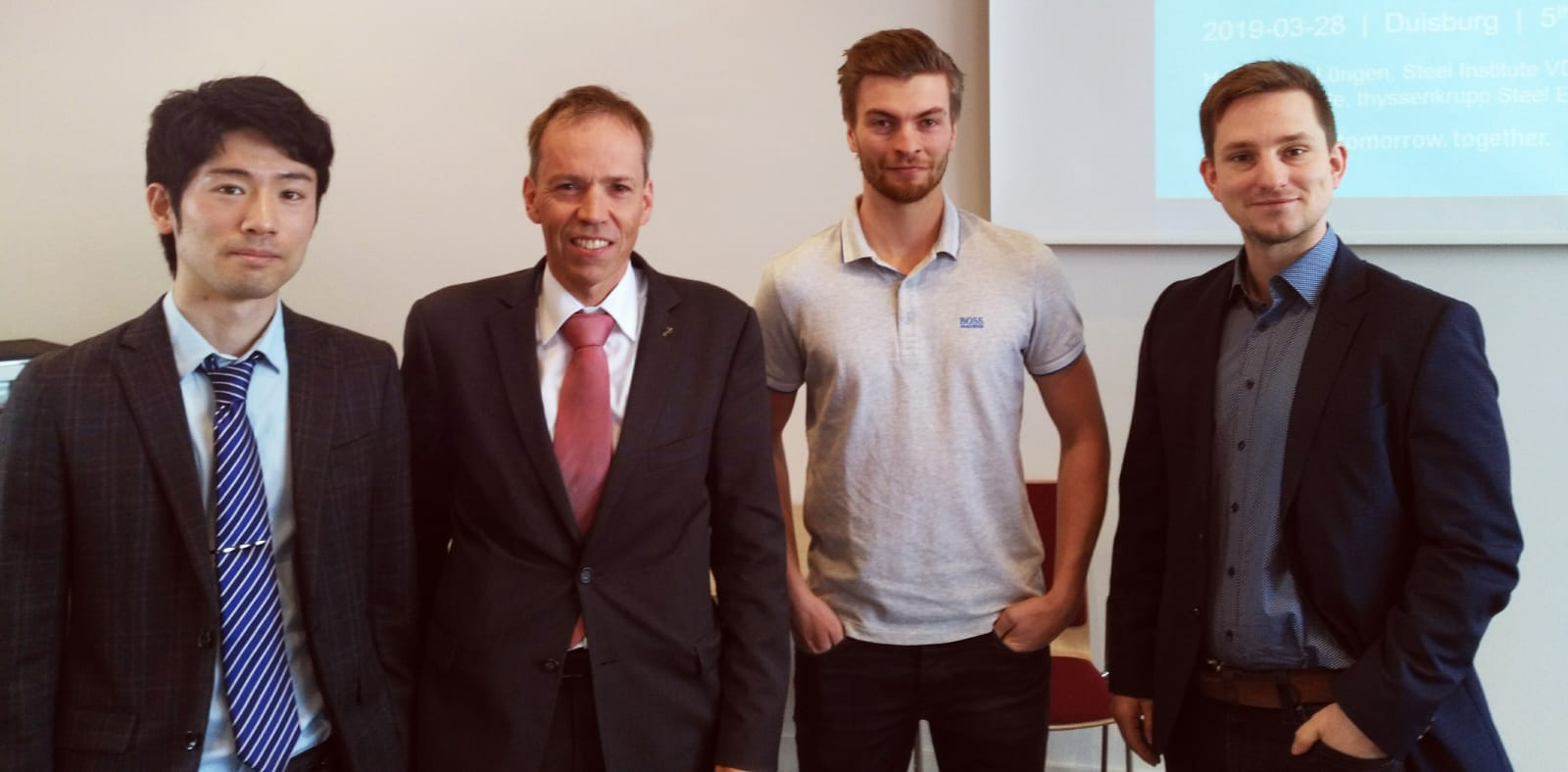High Temperature Vertical Tube Furnace with adjustable gas atmosphere
The Gero Carbolite HTRV 100-250/18 is used to observe the dissolution properties of slag formers and steel scrap in liquid slag and metallic liquids, respectively. Further, the determination of liquid slag properties e.g. diffusion coefficients is possible. The maximum temperatures are 1720 °C. The heating is carried out through molybdenum disilicide (MoSi2) heating elements [...]






